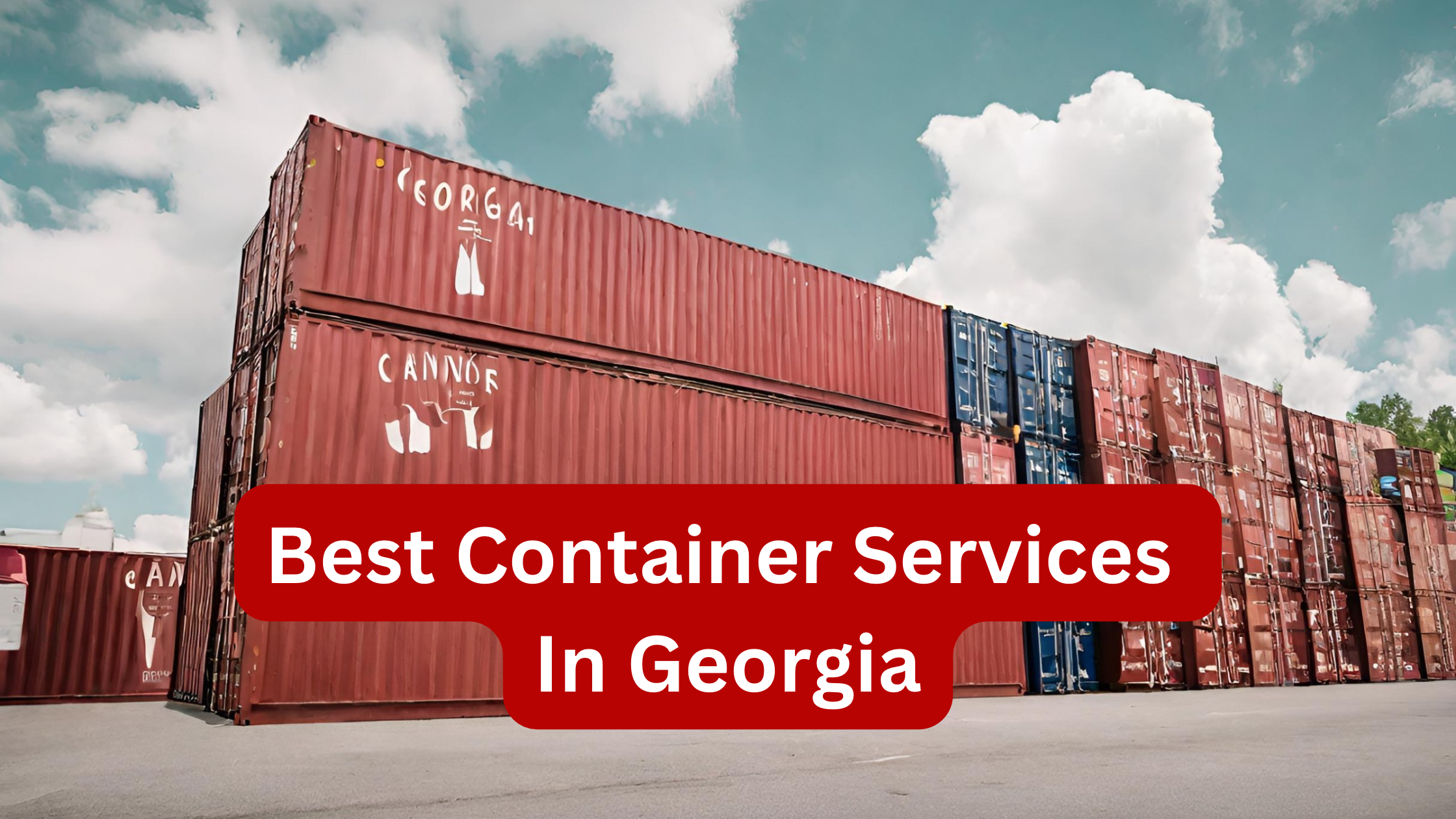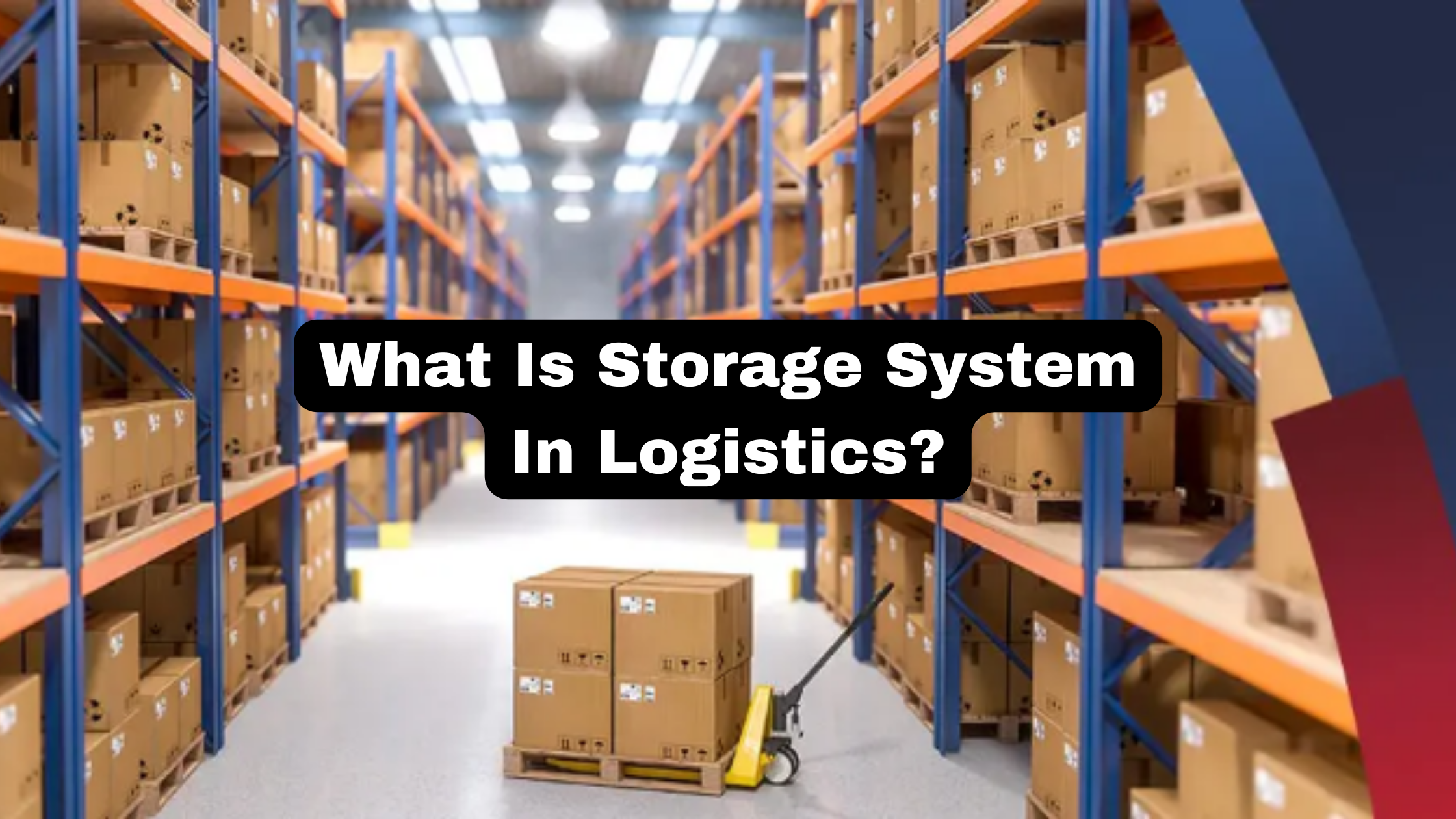Warehouse efficiency is a vital component of efficient supply chain management. Businesses of all sizes frequently must decide whether to handle their storage in-house or outsource it to third-party warehouse suppliers.
The usage of external warehouses has gained traction in recent years as businesses recognize the benefits of this method.
It is one of the greatest solutions for optimizing storage and logistics to provide customers with faster service. These fields have expanded in response to the expansion of Internet commerce and the creation of businesses that require increased storage capacity.
External warehouses are in charge of stock management and control, as well as receiving and delivering orders and keeping items, preventing firms from having to invest in their warehouses.
Today, we’ll take a closer look at how this industry works and what are the benefits of external warehouses.
Cost Optimization
Owning a warehouse necessitates a major financial and time investment. Warehouse outsourcing converts what would otherwise be fixed expenditures into variable expenses that may be modified depending on the volume of business by eliminating the need to invest in these areas.
The same may be said for the time spent looking for a warehouse, recruiting specialized personnel, researching technologies, altering facilities, and so on.
More Technology
An external warehouse that manages the products of numerous clients has greater resources to spend on cutting-edge automation and technology than a small in-house warehouse. The warehouse’s essential components include WMS software (Warehouse Management System), item identification systems (through barcode or radio frequency), shipping order traceability systems, alarm systems, and interfaces with other systems, such as the customer’s ERP.
An external warehouse can additionally provide a customized dashboard for the customer to track the desired KPIs and/or offer ad hoc reports. As a consequence, the client is still informed of warehouse activities.
Traceable Materials
utilizing lot, batch, and serial numbers, inventory items may be easily traced utilizing warehouse management systems. Lot/batch numbers identify the set of materials used, whereas serial numbers identify an individual item.
As previously discussed, using WMS inventory management enables full traceability by matching precise lot/batch or serial numbers with incoming receipts and leaving shipments.
This capacity to track materials reduces possible duplication, allows for precise inventory planning and allocation, and gives current retrievable data for future traceability, service maintenance, or recall circumstances.
Optimized Supply Chain
A warehouse management system optimizes the internal operations of a warehouse, which may subsequently be extended to the larger supply chain. A warehouse management system (WMS) automates the whole warehouse process, from inbound receipts to outward deliveries, increasing operating efficiency and lowering expenses.
Warehouse personnel accomplish speedy and precise shipments by decreasing or eliminating non-productive or superfluous activities. These time and cost savings, as well as enhanced procedures and information, may subsequently be passed on to internal and external partners, allowing them to improve their own operations.
Improved inbound reception, for example, improves delivery times, allowing delivery partners to better use their equipment and resources and shippers to manage inventory levels more effectively. Improved data may lower risks and boost dependability, which benefits shippers, suppliers, and customers.
Data may be exchanged and exploited back to an ERP, a customer, or a TMS (Transportation Management System). The product can reach its end consumer faster, allowing upstream partners to optimize planning. Inventory fulfillment services may be linked to inventory management, allowing for more efficient operations while lowering time and inventory carrying costs.
Effective Shipment Management
A warehouse system that can adapt inventory and equipment movements allows for effective inbound and outbound planning. When inventory is expected to arrive, the actual day and time may be optimized by taking into account available labor and storage equipment.
With WMS systems, it is possible to arrange both receiving dock doors and outgoing shipping docks. To better optimize supply chain activities, certain WMS solutions interface to transportation management solutions (TMS).
Warehouse management systems may also help managers select and pack items more efficiently by allowing them to choose between zone, batch, or wave picking, which reduces any holdups or difficulties caused by traffic or poor personnel positions.
These efficiency solutions reduce client order cycle time, improving customer relations. Customers can also obtain early warning of shipments and how the supplies are arriving thanks to inventory tracking and packing choices. The WMS system improves the ability to connect consumers with advanced shipment notices.
Inventory Visibility
A warehouse management system will also allow you to see precise, real-time inventory levels. This allows a corporation to more accurately anticipate supplies and minimize backorders, resulting in happier consumers.
Using WMS automation in conjunction with scanning, RFID, or other location tracking technologies increases visibility at the site and eliminates non-WMS-enabled scenarios in which merchandise is forgotten, lost, or misplaced within the warehouse.
Warehouse management systems collaborate with corporate ERP and planning functions to give demand to forecasting services by giving detailed information about how specific items perform.
Product demand and seasonality are reflected in the transactions and information exchanged. As a result of this data, planners may make sound judgments about which goods to change in order for the organization to enhance revenue or reduce losses.
Effective Labor
A warehouse management system may better allocate the correct task to the right person at the right time by taking into account workers’ skill levels, proximity in the warehouse, equipment, and available warehouse tasks.
One of the most significant benefits that the WMS may bring for enhanced labor utilization is the reduction of transit time inside the warehouse. The WMS can direct labor to the most impactful tasks while locating the best labor for a certain activity.
The system may allocate work on a daily basis and efficiently construct schedules using labor predictions. Scanning things as they enter and travel through a warehouse can minimize the need for work to be double-checked, saving time and speeding up the recording process.
Scanning increases pick accuracy and reduces mis-picks, resulting in improved customer service. KPIs may also be used to analyze personnel, which is significant because labor is frequently one of the most expensive aspects of warehouse operations. Appropriate task assignment improves labor efficiency, equipment efficiency, and space efficiency.
Conclusion
Warehouse management may assist businesses in increasing profitability and reducing errors. However, the possible barriers to implementing a new management system might seem intimidating.
However, outsourcing warehousing to third-party suppliers provides a slew of advantages that can boost your company’s productivity, cost-effectiveness, and customer happiness. You may optimize your supply chain, eliminate operational hassles, and focus on your core capabilities by leveraging these suppliers’ experience, scalability, and technology.
Leveraging external warehouses has become a strategic decision that may fuel development and competitiveness in today’s dynamic business climate as firms continue to adapt to the ever-changing industry.








